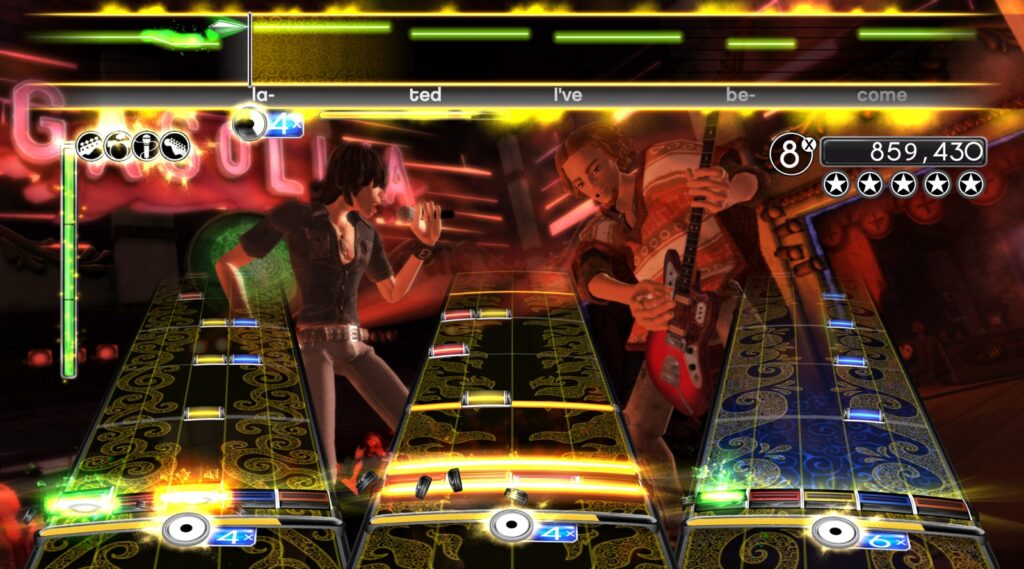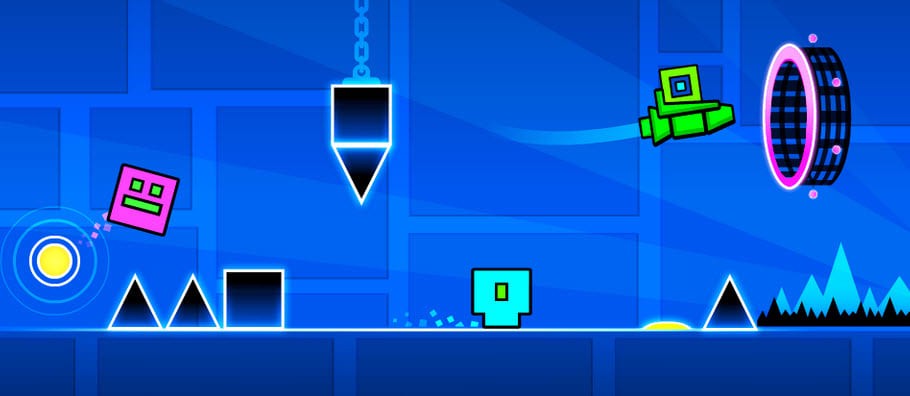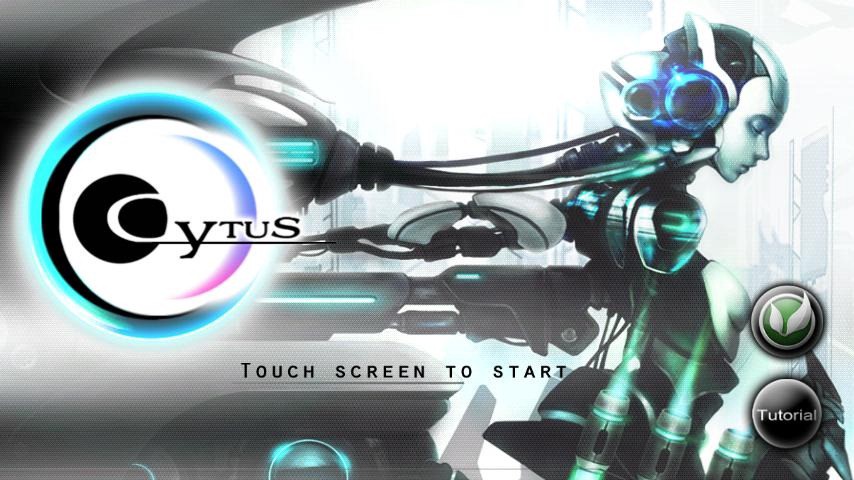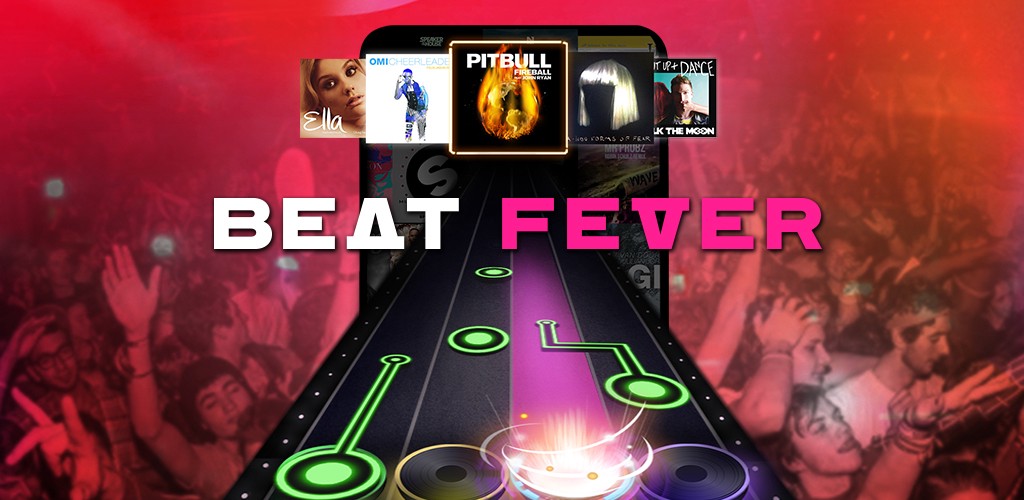By Paulo Camacho

Rhythm games like “Rock Band” have been a popular medium for years. Their counterparts on mobile make for entertaining gaming experiences.
In a technologically-driven world, it should come as no surprise that people spend a majority of their time on their phones. Between calls, texts, and apps, the latest statistics (2016) found that Americans spend an average of 87 hours per month on their smartphones. Not to mention that usage for music, media and entertainment mobile apps, alone, had a 43% increase from 2016 to 2017. Needless to say, mobile apps are a popular pastime for millions of Americans, fertile for growth.
Mobile gaming apps make up a significant part of time for many mobile users. According to recent statistics, around two-thirds of an individual’s time on a mobile device is spent on entertainment and communication — which includes gaming, which makes up around 10%. That makes music enthusiasts a large demographic for music and entertainment apps. And there is a popular type of app that satiates both interests for music lovers: the rhythm gaming app.
Rhythm gaming apps are exactly what they sound like — game apps that test a player’s rhythm skills. They come in many forms, but they can be just as addictive as any other gaming app, if constructed in a user-friendly, challenging way. Here are some of the medium’s most popular examples:
Geometry Dash

Serving as one of the more longer-lasting apps on the platform, Geometry Dash was released in August 2013, and has proven to stand the test of time as a popular gaming app. Essentially using the same basic mechanics as games like “The Impossible Game,” Geometry Dash has a misleading name, as it is primarily about the player’s understanding of rhythm, rather than geometry. The game is described by its own Wikia page thusly:
The player takes the form of different entities with unique mechanics such as a cube, a ball or a UFO. Using one-touch gameplay, the player must try to navigate through a series of interactive obstacles, movement-shifting transporters and behaviour-manipulating portals to reach the end of levels without crashing, all while listening to exciting soundtracks along the way.
That last part to the description is actually important to not only the enjoyment of the game, but to the mechanics, as well. As you play through the different levels of Geometry Dash, you find that the music helps one navigate through the many unique obstacles that the game features. You can actually see (and hear) what I mean by watching this video:
While the action is fast-paced and a little difficult to follow, you can see that the individual jumps the player makes (for each individual obstacle) serves as a single note in the music. The simple arcade-like visuals, combined with the previously-mentioned fast pace and the synced-up soundtrack, is meant to challenge the user by using a combination of sight and sound to conquer each level. And, by tracking the number of attempts at a given level, it provides an extra challenge — beat the level in the least amount of tries as possible.
The gameplay is simple to pick up, but nonetheless very challenging, even on multiple playthroughs. Unlike many other rhythm-based games like Rock Band, Geometry Dash doesn’t make its rhythms as simple or straight-forward — one must learn the rhythms to beat levels through a certain trial-and-error process — how well can one associate the music they are listening to with the obstacles one must tap through in order to advance?
Cytus

According to the iTunes store, Cytus — first released in early 2012 — is considered one of the most well-received rhythm games in mobile gaming. While it requires a large amount of space to download (1.5 GB on the iTunes Store), it is for good reason: the elegant, hi-definition visuals and aesthetics are a large part of what makes the game so popular. Another is its user-friendly gameplay — the mechanics follow highly-intuitive patterns that provide both the satisfaction of finishing a level, as well as the challenge of following each sequence without too many mistakes. You can see a good example of its game play below:
As you can see, the pressing patterns coincide with the individual notes of the music. It is all tracked by a single bar going up and down, which represents not only the tempo of the song, but the positional flow for which the player must follow. The patterns, themselves, are not necessarily straightforward, but they are definitely quick to pick up for the average gamer. The challenge comes as the patterns get faster and more complicated.
Another level of enjoyment comes with the story associated with the game, itself, which reads like a combination of “The Matrix” and “Final Fantasy”, which appeals to the many fantasy-lovers of the internet:
In the distant future, the only sentient beings in the world are robots.
They are the last remnant of the human spirit.
However, mankind is not dead.
Technology exists that is capable of transferring memories to these robots.
But with limited space, new memories will gradually overwrite the old.
To prevent the emotions in human memories from fading away, the robots resorted to converting the emotions to music, and storing them in a place called Cytus.
The robots use these songs to experience human emotion and dream that souls exists in each of them…
Cytus
Beat Fever

Following in the footsteps of games like Guitar Hero and Rock Band, Beat Fever combines the appeal of popular music and the ease of the well-known gaming mechanic that the aforementioned games often use: players must follow the patterns of “notes” that scroll down the screen, representing the music being played in conjunction with the gameplay. In the case of Beat Fever, the hitting the scrolling patterns in the correct rhythm is rewarded with a higher score. Here’s an example of a typical level (albeit, on a high level of difficulty):
As the above video demonstrates, another big appeal of the app comes with the music it uses — the game, much like its Rock Band predecessors, uses a bevy of pop music. From the Chainsmokers to Katy Perry to Luis Fonsi & Daddy Yankee, the app pulls from all the most well-known tracks to provide an extra level of entertainment for the user.
The Story Mode, on the other hand, adds certain unexpected elements of the popular game Pokemon GO, and it does so with the introduction of “Beat Monsters.” According to the tutorial, Beat Monsters are the characters that “live” in the four-pronged keyboard the player uses as the main mechanic of the game.
They are important to the gameplay, as they determine the number of points earned for each song completed, based on the level they hold. The higher the level, the more points earned with each hit of the note. Beat Monsters can be leveled up by earning experience points, or by the concept of “fusion”, based on the number of monsters an individual player collects over time. If you are sick of Pokemon GO, and enjoy modern pop music, this might be the app for you.